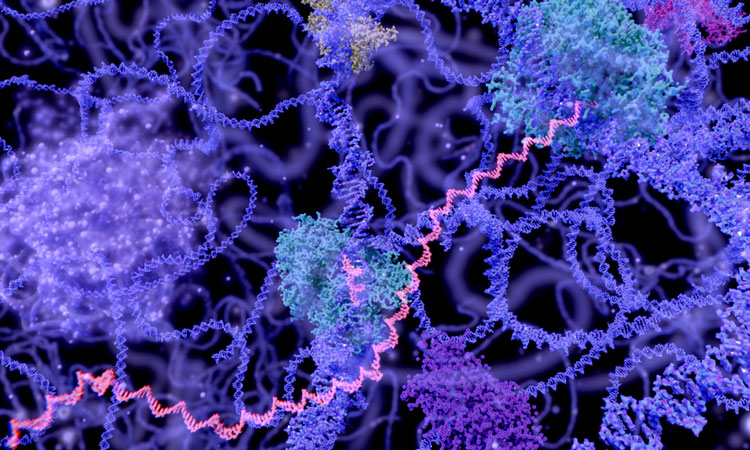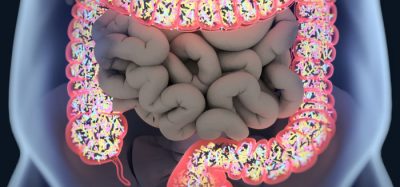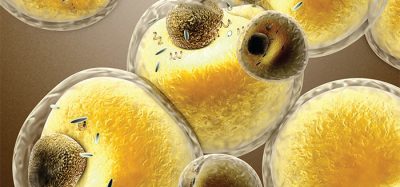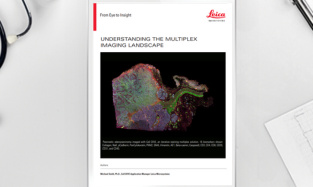Insights into controlling gene expression
Posted: 9 January 2019 | Iqra Farooq (Drug Target Review) | No comments yet
A study has given insight into gene expression and could enable scientists to determine how certain RNAP inhibitors work within the body…

A study has provided insight into the mechanism of controlling gene expression in living organisms.
The researchers mentioned how the finding could ultimately improve our understanding of how certain antibacterial drugs work against the enzyme RNA polymerase (RNAP) in treating conditions such as Clostridium difficile infections and tuberculosis.
Gene expression occurs when DNA is used to produce functional products that the body is able to use, such as proteins. The process includes both transcription and translation.
During transcription, RNAP ‘reads’ the genetic DNA code on a single strand of DNA, which is then copied into a new mRNA molecule. Translation includes the processing of this information into the actual production of the molecule.
To control the levels of gene expression, transcriptional pausing by RNAP can occur between the two stages, providing a kind of ‘roadblock’ where transcription may be terminated or modulated.
“A consensus pause sequence that acts on RNAPs in all organisms, from bacteria to mammals, halts the enzyme in an elemental paused state from which longer-lived pauses can arise,” explained senior author Dr Robert Landick, Charles Yanofsky Professor of Biochemistry & Bacteriology at the University of Wisconsin-Madison, US. “As the fundamental mechanism of this elemental pause is not well defined, we decided to explore this using a variety of biochemical and biophysical approaches.”
The research team’s analyses revealed that the elemental pause process involves several biological players, which together create a barrier to prevent escape from paused states. The process also causes a modest conformational shift that makes RNAP ‘stumble’ in feeding DNA into its reaction centre, temporarily stopping it from making RNA.
“We also found that transcriptional pausing makes RNAP loosen its grip and backtrack on the DNA while paused,” said Prof Landick. “Together, these results provide a framework to understand how the process is controlled by certain conditions and regulators within cells.”
He added that these insights could aid future efforts to design synthetic genes, for example to direct the pausing behaviour of RNAP in a way that yields desired outputs from genes. It could also help our understanding of how certain drugs, known as RNAP inhibitors, target the enzyme.
“For now, we would like to try and generate structures of paused transcription complexes obtained at a series of time intervals,” Prof Landick concludes. “This would allow us to see exactly how parts of the enzyme move as it enters and leaves the paused state.”
The study was published in eLife.
Related topics
Disease Research, Drug Targets, Genomics, Research & Development, Therapeutics
Related conditions
immunology
Related organisations
University of Wisconsin-Madison
Related people
Dr Robert Landick







